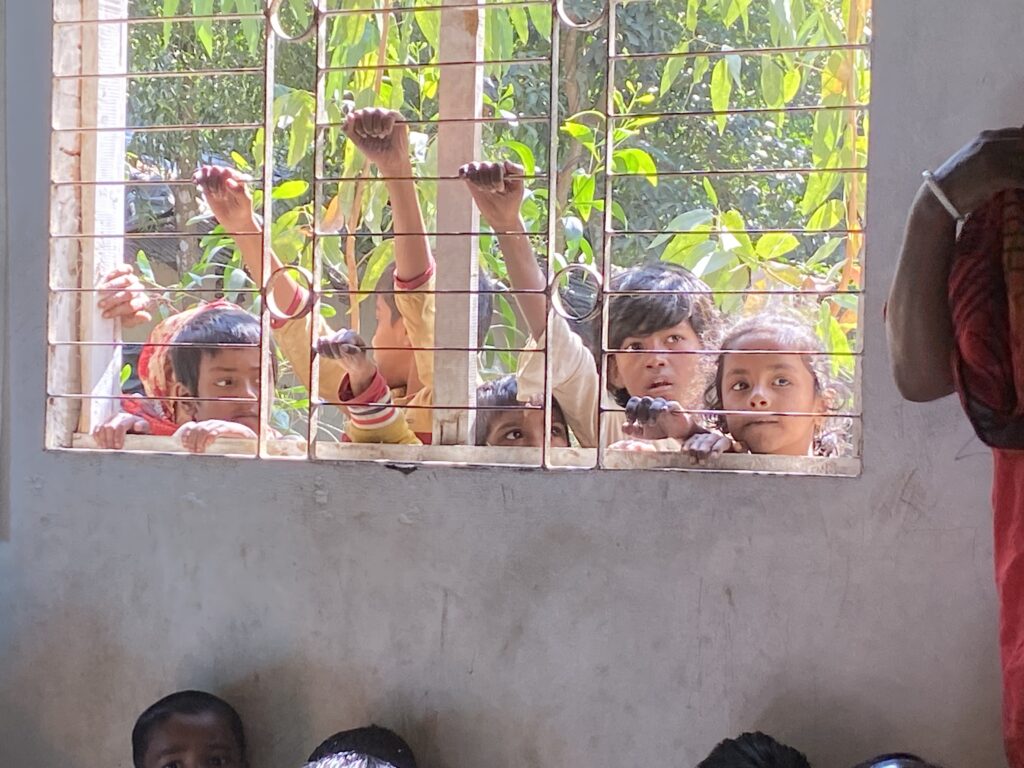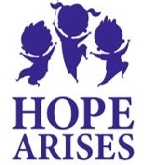Hope Arises has two schools with 112 child students and 60 women student in the Cox’s Bazar districts in southern Bangladesh. The schools are small by size to place them in the heart of the villages where the children live. Bangladesh government does not provide transportation for the children to school, hence the schools have to be in walking distance from their homes in order for the children to have access to education.
Bangladeshi population is +92 % Muslim and the minority Hindu children have less opportunities for education. The Bangladeshi government has not established schools in the poor villages where our children live.
Hope Arises Ramani Pahar village
Hope Arises Ramani Pahar has 55 students. These children come from very poor conditions and all ethnic backgrounds. Without education they have no ways out of the generational poverty their parents and grandparents have been enslaved by.
At Ramani Pahar we have extended our curriculum to 30 mothers of our students. These mothers have never had the opportunity to learn to read or write. They are marginalized due to this handicap. They feel vulnerable because they cannot read the the documents they are asked to sign.
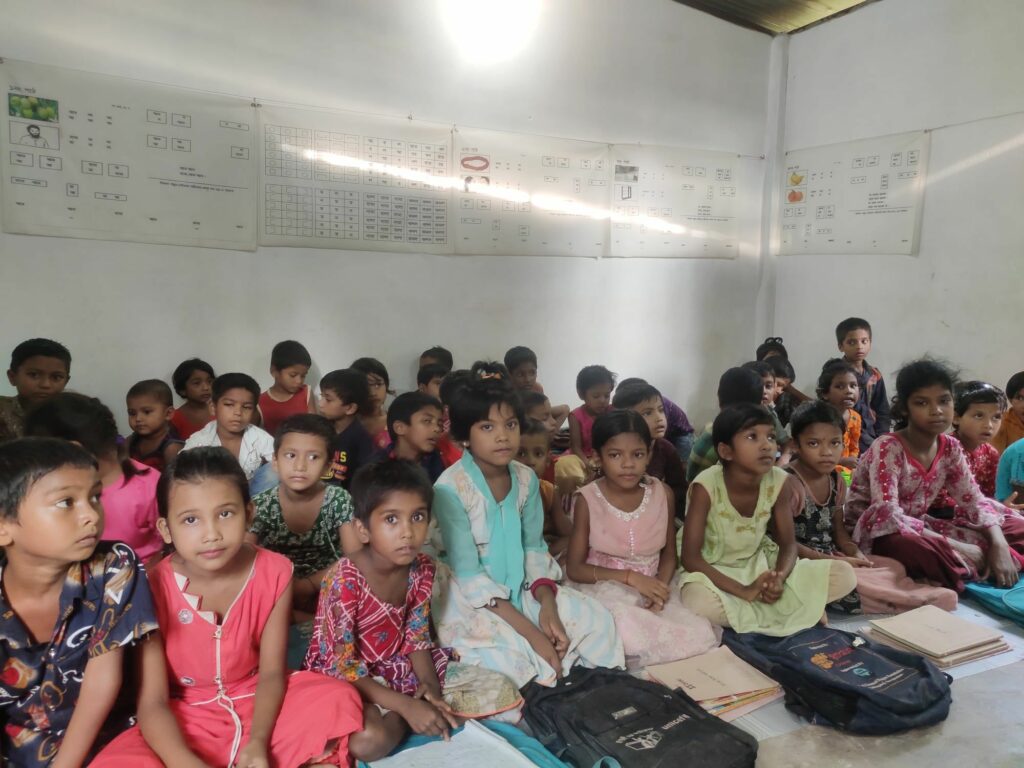
Hope Arises Satgar Para
After the completion of the expansion at the Hope Arises Satgar Para school, it consists of a larger classroom and a smaller a classroom, two toilets, a school office, and a ground water well for the school and the nearby community. Once the landscaping has been completed the yard will have a small mango tree orchard. A lush river bend and vegetable garden on one side and bamboo farm on the other side frames the school very attractively.
We are so happy to have talented Janatul Fardosh and Ramiza Bagam teaching at Hope Arises Satgar Para.
We have 57 child student enrolled and they will meet in two separate groups to enhance the learning experience.
In addition, we have 30 women enrolled in the Women’s Education Program, who meet twice a week.
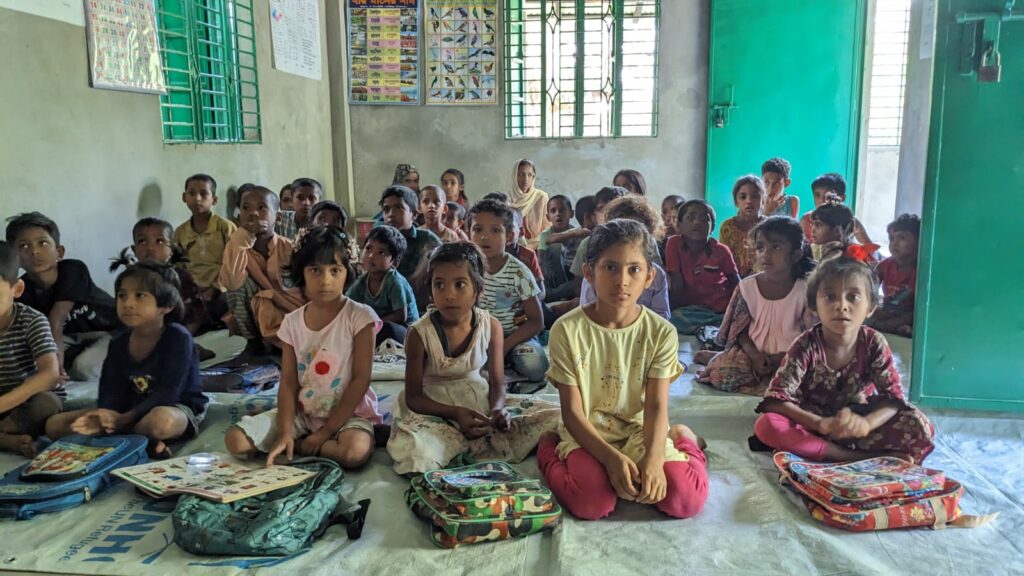
Hope Arises Satgar Para school

Every Hope Arises school includes also Women's Education Program for illiterate mother in the community
Hope Arises Schools are catalysts for good in their communities. Educating both children and parents ensures that education does not create a generational gap between the children the parents. Such gaps may cause friction between the generations and a wedge between family members.
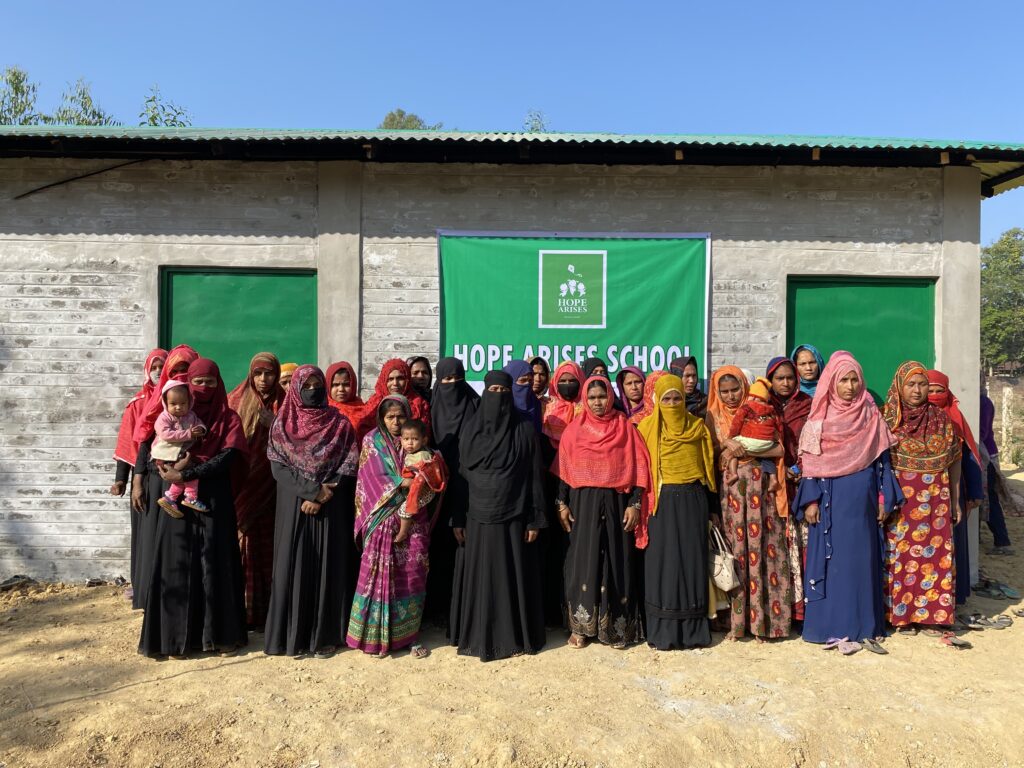
Out-of-school children from the nearby Murapar village.
Please meet the beloved children from the right: 1) Armina Akter, whose father is an agricultural day laborer in the near by rice pads and farms, 2) Bappi Moni, whose father is also an agricultural day laborer, 3) Imam Hassan, whose father is a small farmer, 4) Rafiq, whose father is also a small farmer and 5) Raqeeb, whose father is a day laborer. We need your donations to construct additional schools for these our-of-school children.
